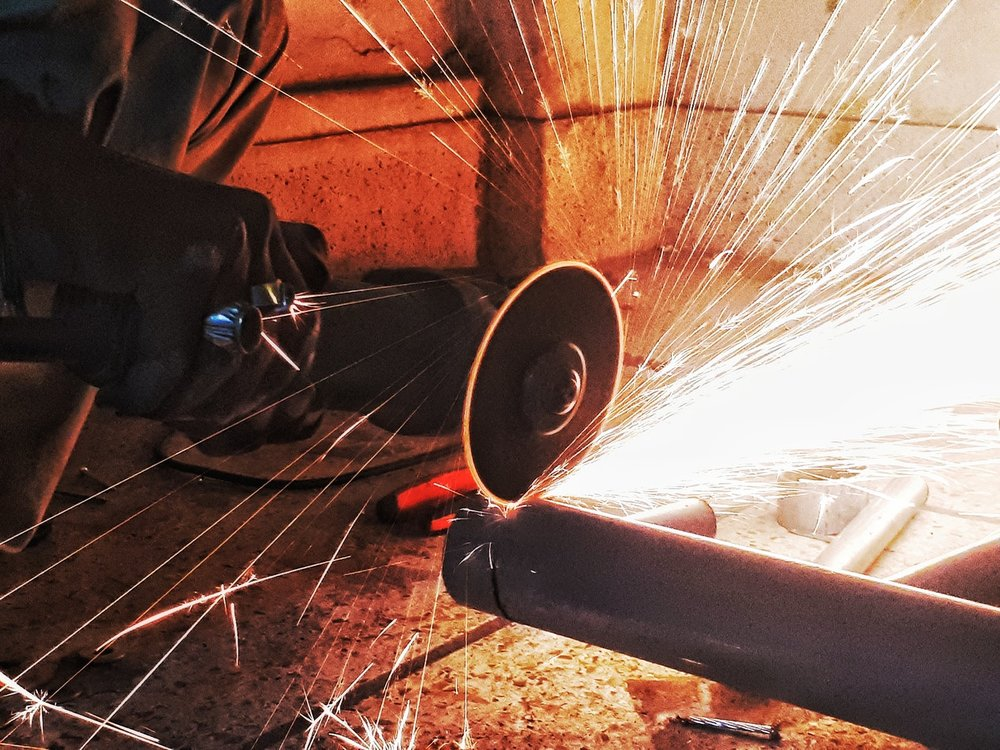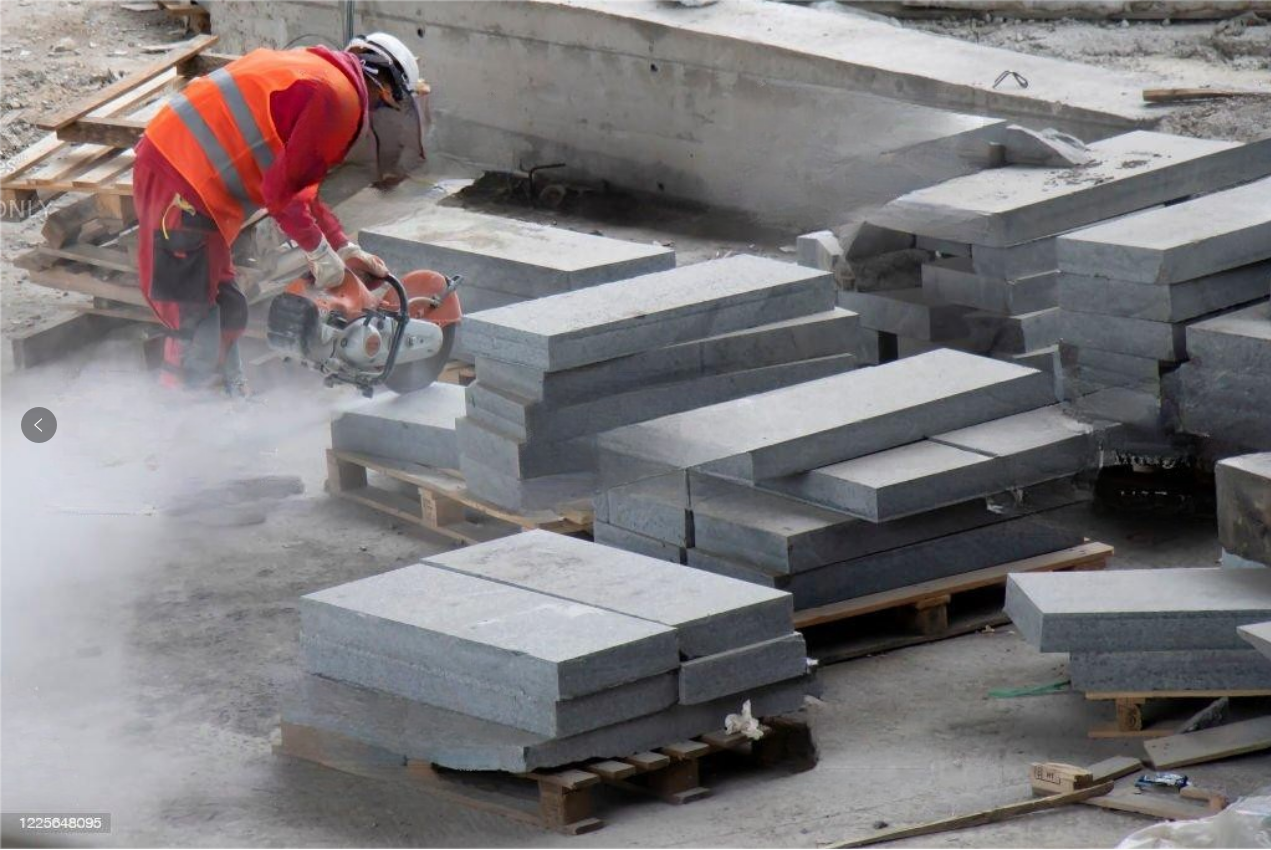Purchasing Cutting Disc
When purchasing cutting discs, there are several factors that a buyer may consider when evaluating the product:
- Quality of the material: The quality of the abrasive material used in the disc will impact its performance and durability.
- Diameter and thickness: The size of the disc should be appropriate for the job, and the thickness will impact the stability and stiffness of the disc.
- Number of teeth: The number of teeth on the disc will impact its speed and accuracy of cutting.
- Hole size: The size of the hole in the center of the disc will impact its compatibility with different types of machines and cutting tools.
- Brand reputation: The reputation of the manufacturer can impact the quality and reliability of the product.
- All these factors are important and can impact the performance of the cutting disc, so a buyer should consider all of these factors when making a purchasing decision.
for more information you can click www.binictools.com to get more.
While Using Cutting Disc
here are some tips for using cutting discs safely and effectively:
- Choose the right cutting disc: Ensure that the cutting disc you choose is appropriate for the material you want to cut, and is the right size for your cutting tool.
- Inspect the disc before use: Check the disc for any signs of damage, such as cracks or chips, and do not use a damaged disc.
- Wear appropriate protective gear: When using a cutting disc, always wear protective gear, such as eye protection, gloves, and a dust mask.
- Use the disc properly: Do not apply excessive force or pressure on the cutting disc, as this can cause it to break or damage the workpiece. Always follow the manufacturer’s instructions for using the disc.
- Keep the disc cool: Continuously applying the cutting disc to a single spot can cause it to overheat, reducing its lifespan and effectiveness. Keep a continuous supply of coolant or lubricant flowing over the cutting area to keep the disc cool.
- Store the disc properly: When not in use, store the cutting disc in a safe place, away from moisture and other corrosive substances.
- Replace the disc when necessary: Over time, the cutting disc will wear out and lose its effectiveness. Replace the disc when it becomes worn or damaged to ensure safe and efficient cutting.
- Following these tips can help you use cutting discs safely and effectively, and get the most out of your cutting tools.
Tips for Cutting Different Materials
When cutting different materials, there are a few factors to keep in mind to ensure that you get the best results:
- Material hardness: Different materials have varying levels of hardness, and this will impact the type of cutting disc you need to use. For example, a harder material will require a more durable and abrasive cutting disc.
- Material thickness: The thickness of the material will impact the speed and accuracy of the cut. Thicker materials will require slower cutting speeds and more teeth on the cutting disc to ensure a clean and precise cut.
- Material shape: The shape of the material will impact the way it is cut. For example, cutting a flat piece of material will require a different cutting technique than cutting a round or curved piece.
- Material composition: The composition of the material will impact the cutting process. For example, cutting metal will require a different cutting technique than cutting wood or plastic.
- Material temperature: Some materials, such as metals, can become hot during the cutting process, which can impact the cutting disc and the surrounding environment. Be aware of the temperature of the material you are cutting and take appropriate safety measures.
- By considering these factors, you can choose the right cutting disc and cutting technique to get the best results when cutting different materials.
-
Cutting metal
here are some additional factors to consider when cutting metal:
Type of metal: Different types of metal, such as steel, aluminum, and stainless steel, have varying levels of hardness and thermal conductivity, which will impact the cutting process.
Heat buildup: Metal cutting can generate a significant amount of heat, which can affect the cutting disc and the metal being cut. It’s important to use cutting discs specifically designed for metal cutting and to keep the cutting area well lubricated to reduce heat buildup.
Warping and distorting: Metal can warp or distort during the cutting process, especially if it is not clamped securely or if the cutting disc is not appropriate for the metal type. To reduce the risk of warping and distorting, use a cutting disc with a high tooth count, clamp the metal securely, and cut at a moderate speed.
Hardening: Some metals, such as stainless steel, can harden during the cutting process, which can make the cut more difficult and increase the risk of the cutting disc breaking. To reduce the risk of hardening, use a cutting disc specifically designed for stainless steel cutting and cool the metal frequently with coolant or lubricant.
By considering these factors, you can choose the right cutting disc and cutting technique to get the best results when cutting metal. It’s also important to follow safety procedures and use appropriate protective gear to reduce the risk of injury while cutting metal.
-
Cutting wood
When cutting wood, there are a few factors to consider to get the best results:
Type of wood: Different types of wood, such as softwoods and hardwoods, have varying levels of hardness and density, which will impact the cutting process.
Cutting direction: The direction of the cut will impact the smoothness of the cut and the amount of splintering. For example, cutting with the grain will produce a smoother cut and less splintering, while cutting against the grain will produce a rougher cut and more splintering.
Cutting speed: The speed of the cut will impact the smoothness of the cut and the amount of heat generated. For example, cutting too quickly can cause the cutting disc to burn the wood, while cutting too slowly can cause the cutting disc to bind or stall.
Tooth count: The number of teeth on the cutting disc will impact the speed and accuracy of the cut. A cutting disc with more teeth will produce a slower, but smoother and more accurate cut.
Blade thickness: The thickness of the cutting disc will impact its stability and stiffness, which can affect the accuracy of the cut. A thicker cutting disc will provide more stability, but may be more difficult to maneuver in tight spaces.
By considering these factors, you can choose the right cutting disc and cutting technique to get the best results when cutting wood. It’s also important to follow safety procedures and use appropriate protective gear to reduce the risk of injury while cutting wood.
-
Cutting stone
- When cutting stone, there are a few factors to consider to get the best results:
- Type of stone: Different types of stone, such as granite, marble, and limestone, have varying levels of hardness and density, which will impact the cutting process.
- Cutting speed: The speed of the cut will impact the smoothness of the cut and the amount of heat generated. For example, cutting too quickly can cause the cutting disc to break, while cutting too slowly can cause the cutting disc to bind or stall.
- Tooth count: The number of teeth on the cutting disc will impact the speed and accuracy of the cut. A cutting disc with more teeth will produce a slower, but smoother and more accurate cut.
- Blade thickness: The thickness of the cutting disc will impact its stability and stiffness, which can affect the accuracy of the cut. A thicker cutting disc will provide more stability, but may be more difficult to maneuver in tight spaces.
- Cooling: Stone cutting can generate a significant amount of heat, which can affect the cutting disc and the stone being cut. It’s important to use cutting discs specifically designed for stone cutting and to keep the cutting area well lubricated to reduce heat buildup.
- By considering these factors, you can choose the right cutting disc and cutting technique to get the best results when cutting stone. It’s also important to follow safety procedures and use appropriate protective gear, such as gloves and eye protection, to reduce the risk of injury while cutting stone.
Conclusion
In conclusion, when using a cutting disc, it’s important to consider several factors to ensure the best results and avoid potential hazards. When cutting metal, factors such as the type of metal, heat buildup, warping and distorting, and hardening should be taken into account. To reduce heat buildup, choose a cutting disc specifically designed for metal cutting and keep the cutting area well lubricated. To reduce the risk of warping and distorting, use a cutting disc with a high tooth count, clamp the metal securely, and cut at a moderate speed. When cutting stainless steel, use a cutting disc specifically designed for stainless steel cutting and cool the metal frequently with coolant or lubricant.
When cutting wood, factors such as the type of wood, cutting direction, cutting speed, tooth count, and blade thickness should be considered. For a smoother cut and less splintering, cut with the grain. To reduce the risk of burning the wood, choose a moderate cutting speed. For a slower, but smoother and more accurate cut, choose a cutting disc with more teeth. For more stability, choose a thicker cutting disc, but keep in mind that a thicker disc may be more difficult to maneuver in tight spaces.
In general, it’s important to follow safety procedures and use appropriate protective gear, such as gloves and eye protection, to reduce the risk of injury while cutting. By considering the appropriate factors and following safety procedures, you can choose the right cutting disc and cutting technique to get the best results when cutting different materials.





